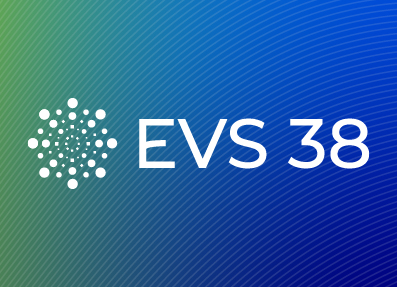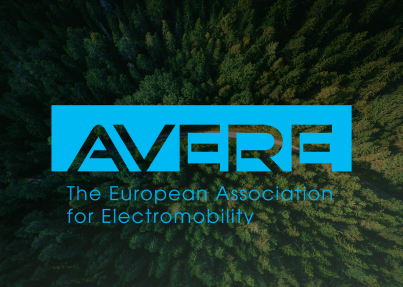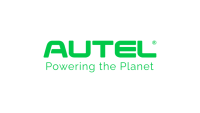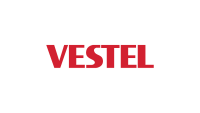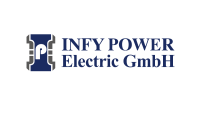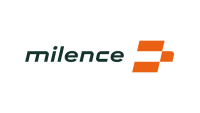The 38th International Electric Vehicle Symposium & Exhibition

Secure your spot today
Currently selecting the next European winner
of the E-Visionary Award.
Deadline for submissions:
January 31st 2025
Why EVS
Exhibition Segment
Seize the opportunity to share your insights with us! Exhibitors EARLY BIRD end September 13th.
SCIENTIFIC PROGRAM
Seize the opportunity to share your insights with us! Call for abstracts is open !
European E-visionary Awards
Is your city leading the way in sustainability, zero-emission transport, and decarbonization? If so, apply for the prestigious European E-Visionary Award
Why become a partner

11 000
Visitors

300
Partners & exhibitos

350 +
Speakers

250+
lecture & dialog sessions

70
countries involved

56 years
of passion

Program highlights
The Swedish Exhibition & Congress Centre in Gothenburg, will host all key moments of the event: the opening and closing ceremonies, plenary sessions, abstract presentations, and a dedicated networking reception.

OPENING CEREMONY
June 16th

PLENARY SESSIONS
June 17th

CLOSING CEREMONY
June 18th

WELCOME RECEPTION
June 15th

NETWORKING RECEPTION
June 17th
Exhibition Segments

Electric vehicles
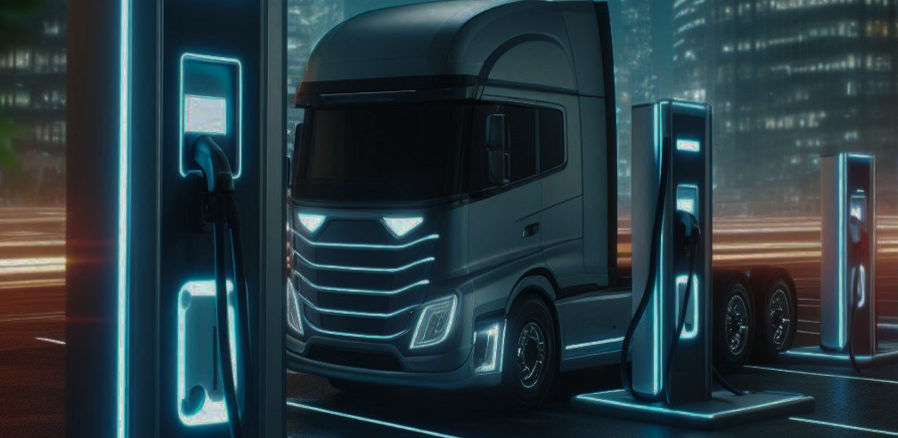
Charging / fueling infrastructure

Battery technology, energy storage and power supply

SDV, IT and AI

Components and aftermarket

Policy and association

Manufacturing and automation

EV interiors

Mobility services & system integration

Connected and autonomous mobility
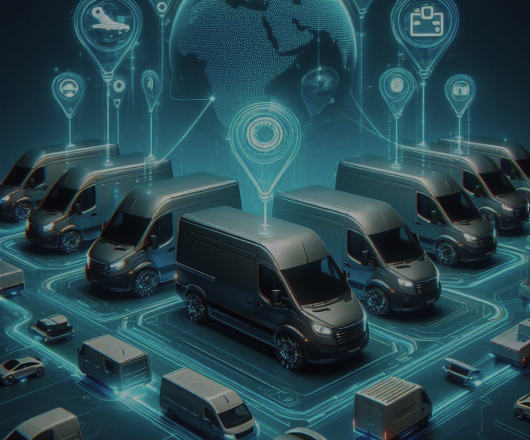
Fleet management and mobility solutions

Financial services & consulting
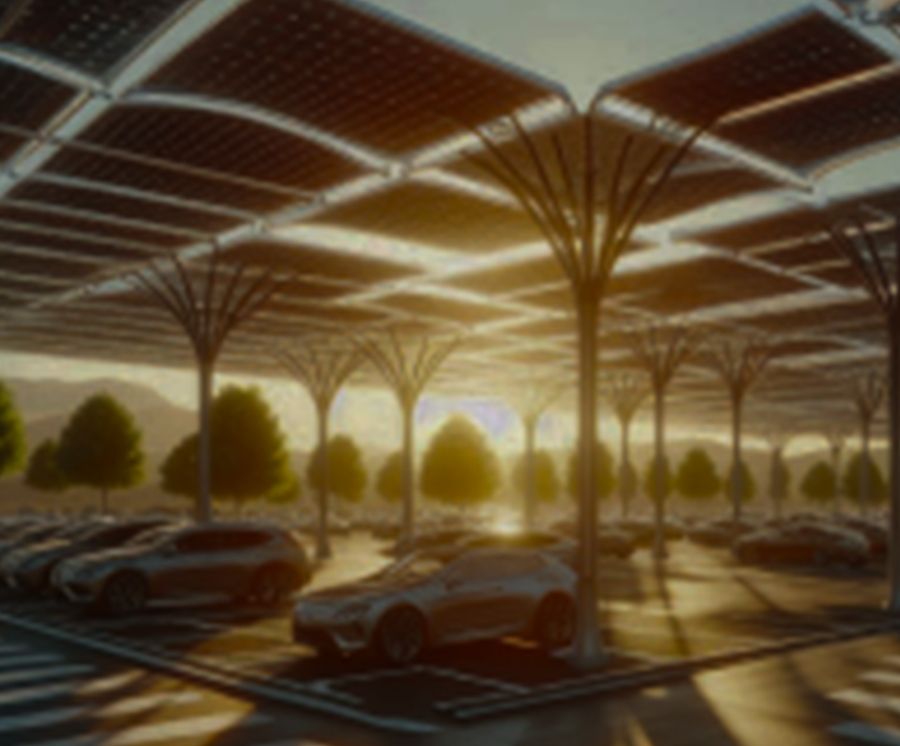
Public and private parking
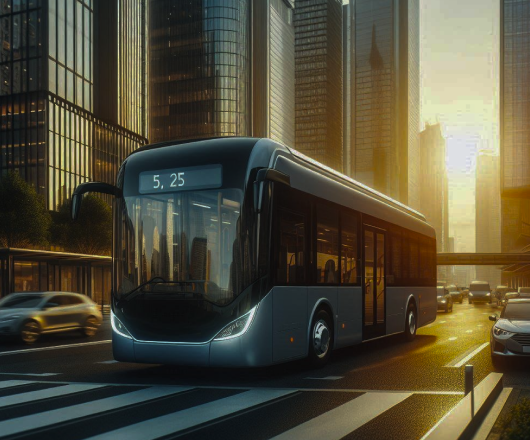
Environment, energy, and social assessments

Solar power integration
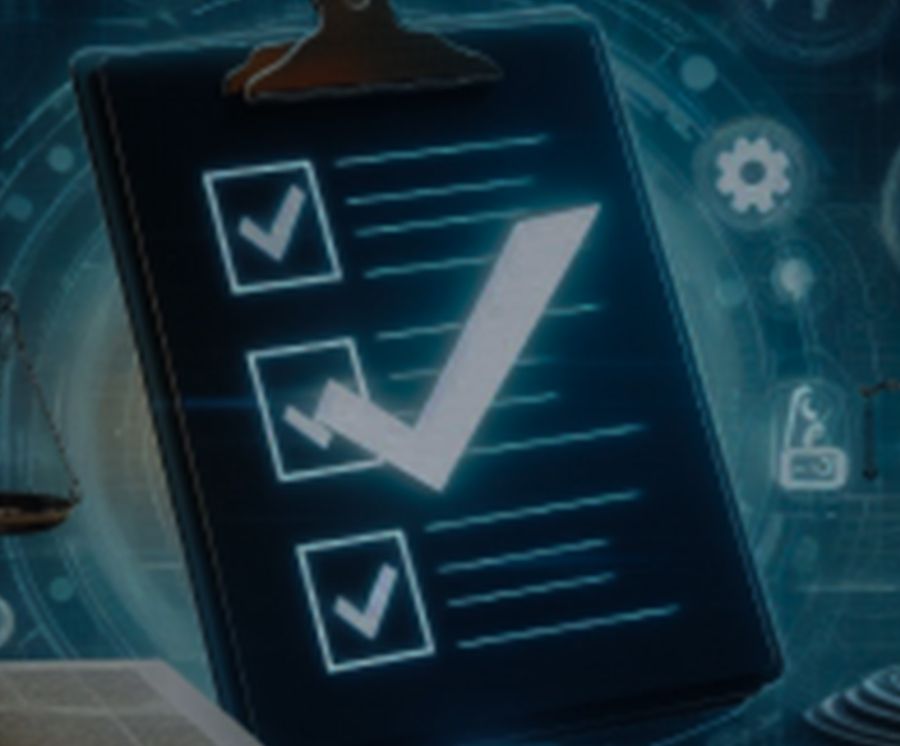
Safety and compliance

Electric drive technologies
Electric vehicles
As the world shifts towards more sustainable and eco-friendlier solutions, electric vehicles stand at the forefront of this transformation. As they become more accessible, efficient, and even stylish, EVs are now a serious competitor to ICE-vehicles. This topic will provide you with a comprehensive understanding of the EV landscape.
Segments include, but are not limited to:
- Passenger cars
- Medium and heavy-duty vehicles (truck, coaches, etc.)
- Micromobility, including two- and three-wheel vehicles
- Public transportation (buses, etc.)
- EV importers and dealers
- Evtol and marine electromobility
- EV construction engines
Charging / fueLing infrastructure
You can’t have one without the other - in order for EV uptake to become a thriving reality, we need an efficient and reliable infrastructure. This is especially true of charging and fueling. Come and discover advancements, challenges, and opportunities surrounding the backbone that powers innovative modes of transportation!
Segments include, but are not limited to:
- Conductive charging infrastructure
- AC charging systems
- DC charging systems
- Ultra-fast charging infrastructure, high power charger, megawatt charging systems
- Charging/refueling standardization and interoperability
- Wireless charging infrastructure and electric road system
- Vehicle-to-x, bi-directional charging, robotic charger
- Bus charging stations (pantograph);
- Construction vehicles charging devices (portable battery charging)
- Other charging systems (portable, pantograph, etc.)
- E-mobility service provider (EMSP), charge point operators (CPO) and EV service providers (EVSP)
Battery technology, energy storage and power supply
What powers you? Let’s talk about batteries and energy by delving into the ever more ubiquitous topic of supply and storage. As critical puzzle pieces in the quest to integrate renewable energy sources into our power grids, reducing our dependence on fossil fuels, all while supporting efficient use of electricity, this is literally a powerhouse of a topic! Find out how battery, storage and supply innovations can create more opportunities and champion sustainability.
Segments include, but are not limited to:
- EV battery manufacturing
- Battery technologies (lithium, lead, nickel and sodium)
- Battery swap systems
- Battery recycling and sustainability
- Next-Gen Materials
- Advances in battery tech (PFAS free batteries, solid based batteries,)
- Battery management system
- Battery storage for grid implications
Components and aftermarket
Dive deeper into the intricacies of automotive components and the aftermarket industry, letting you explore how innovation, quality, and sustainability are driving this vital sector forward. How can we ensure vehicle performance, sustainability and efficiency, as well as the economic impact of the EV sector? Join us and find out!
Segments include, but are not limited to:
- Tier 1 & tier 2 suppliers
- EV chassis
- Automotive lighting innovation
- Electric vehicle tyres
- Regenerative braking
- EV thermal management systems
- EV powertrain and drivetrain
- Power Electronics
Components and aftermarket
Dive deeper into the intricacies of automotive components and the aftermarket industry, letting you explore how innovation, quality, and sustainability are driving this vital sector forward. How can we ensure vehicle performance, sustainability and efficiency, as well as the economic impact of the EV sector? Join us and find out!
Segments include, but are not limited to:
- Tier 1 & tier 2 suppliers
- EV chassis
- Automotive lighting innovation
- Electric vehicle tyres
- Regenerative braking
- EV thermal management systems
- EV powertrain and drivetrain
- Power Electronics
Electric drive technologies
Electric drive technologies are driving unprecedented efficiency, performance and environmental benefits in the automotive industry. From electric motors to power electronics and energy storage solutions, electric drive technologies are driving unprecedented efficiency, performance, and environmental benefits in the automotive industry.
The Importance of Electric Drive Technologies
- Enhancing Sustainability:
Electric drive technologies reduce dependence on fossil fuels, mitigate greenhouse gas emissions, and contribute to cleaner air quality in urban environments.
- Driving Innovation:
Innovations in electric motors, battery technologies, and power electronics are pushing the boundaries of performance, range, and charging infrastructure for electric vehicles (EVs).
- Improving Efficiency:
Electric propulsion systems offer higher energy efficiency compared to internal combustion engines, resulting in lower operating costs and reduced lifecycle environmental impacts.
Manufacturing and automation
The integration of advanced manufacturing techniques and automation is transforming industries and driving unprecedented efficiencies. Explore the innovations, challenges and opportunities that are redefining the landscape of manufacturing.
Segments include, but are not limited to:
- Manufacturing innovation
- Intelligent automation
- Robotic solution
- Die casting
- Gigafactory
- EV system technology and components
- EV equipment, maintenance and retrofitting
- EV production technology innovation
EV interiors
It’s all about inner beauty: as EVs are becoming more present on our roads, their design and functionality should reflect this surge in popularity. Find out more about new standards of comfort, technology, and sustainability, all while making the driving experience feel like a stylish experience. High-quality materials, thoughtful layouts, prioritisation of passenger well-being, together with the integration of cutting-edge technology make this a topic that shouldn’t be missed!
Segments include, but are not limited to:
- Smart cabin
- Digital infotainment systems
- Media & entertainment
- Gaming
- Interior design
Mobility services & system integration
We are advancing towards a more connected and efficient transportation ecosystem, the integration of mobility services and systems is crucial. Explore innovations, trends, and challenges in this rapidly evolving field, and how they are shaping the future of mobility. This involves enhancing connectivity, efficiency, user-centric solutions, as well as the inclusion of advanced technologies.
Segments include, but are not limited to:
- Mobility services
- EV charging as a service (CaaS)
- Mobility as a service (maas)
- Software-as-a-service (SaaS) & payment solutions
- Apps, products and services
- Intelligent Transport Systems
Public and private parking
In urban environments and beyond, efficient parking solutions are crucial to enhance accessibility, reduce congestion, and improve the overall quality of life for residents and visitors. Next to the myth of range anxiety, another aspect is finding a suitable parking spot with charging opportunities on our travels. How can this be optimized for increased customer satisfaction? Let’s find out more in this area.
Segments include, but are not limited to:
- Parking operators
- Solar parking canopies (e.g. carports, bike ports)
- Bidirectional charging for public transportation and parkings
- Battery storage solutions for urban charging infrastructure
- EV charging station management for parking operator
- Smart parking solution
SDV, IT and AI
The technological landscape is rapidly evolving, while the integration of software-defined vehicles (SDV), information technology (IT), and artificial intelligence (AI) is reshaping the industry and driving innovation. Discover the applications, transformations and future potential of these cutting-edge technologies. Learn more about enhanced safety and improved functionality in automotive technology, data management and connectivity, as well as analytics and automation.
Segments include, but are not limited to:
- Software-defined vehicle solution
- Semiconductor & sensors
- System-on-a-chip
- Generative AI
- Artificial intelligence and machine learning solution
- Other vehicle technology and applications
Connected and autonomous mobility
The fusion of connectivity and autonomy is set to revolutionize how we move, offering new levels of safety, efficiency, and convenience. Improving traffic management, optimizing routes and reducing congestion, advancing smarter and more responsive vehicles while creating new opportunities for economic growth - come and find out more!
Segments include, but are not limited to:
- Autonomous driving sensors
- Advanced driver assistance system
- Electronics & architecture
- Software development
- Autonomous solutions and safety
- Cybersecurity & connectivity
- Testing & validation
Fleet management and mobility solutions
In our current dynamic transportation landscape, efficient fleet management and innovative mobility solutions are essential on the path towards optimizing operations, enhancing sustainability, and improving customer experiences. This includes the efficient utilization of electric vehicles and HDVs, reducing emissions and integrating new technologies.
Segments include, but are not limited to:
- Fleet management companies
- Fleet management solutions
- Vehicle maintenance and diagnostics
- Hardware providers
- Software providers
- Service providers
Financial services & consulting
How can we optimize payment and financial services in the EV industry? When in route, an efficient, reliable, and user-friendly payment system is key to ensuring a smooth travel. However, with it comes certain challenges in terms of compliance, regulations, harmonization, business strategies, as well as legislation. In this area, we will explore trends, insights, and transformative opportunities.
Segments include, but are not limited to:
- Finance and banking
- Consulting firm
- Think tank and research institute
Policy and association
Legislation drives future actions. Especially in the EV industry, clear targets and requirements are needed from the political landscape in order to adapt and prepare the sector for tomorrow. Delve deeper into how policy and association work can both support and motivate important and meaningful industrial changes, creating more decarbonization along the way.
Segments include, but are not limited to:
- National and international electric drive policies
- State level initiatives
- Local and regional partnerships
- Government project deployment case studies
- State agencies, trade associations, industrial societies and chambers of commerce
Environment, energy, and social assessments
How can we shape sustainable practices and foster positive societal impacts in the EV industry? From evaluating energy efficiency and promoting social responsibility, this stands for green development and resilience in our communities.
Segments include, but are not limited to:
- Environmental benefits of EVS and e-mobility
- Supply chain analysis: materials, manufacturing, recycling & re-use
- Energy security
- Social impact of electric mobility analyses
- EV consumer trends
Solar power integration
Reducing the dependency on fossil fuels, while offering clean and renewable energy sources is an important step to charge EVs. Energy independence and resilience can be achieved while smart grid integration and renewable energy management systems are fostered. Discover how different actors can work together to create a decarbonized economy.
Segments include, but are not limited to:
- Solar powered mobility (vehicles, buses, trams, bikes and scooters)
- Solar EV charging stations
- Rooftop solar and solar parking
- PV inverters with integrated charging options
Safety and compliance
Ensuring safety standards and regulatory compliance are paramount to fostering trust, reliability, and sustainable growth in e-mobility. Let’s explore critical aspects of safety and compliance while covering vehicle design, construction, and operation, along with charging infrastructure and performance standards set by authorities. Building trust with the end-consumer while ensuring safety first!
Segments include, but are not limited to:
- Regulatory compliance
- Testing and certification for electric vehicles
- Testing and certification for charging infrastructure technologies
- Test and certification for EV battery technologies
- Autonomous & driverless vehicle testing
- Firefighting solution and safety
- Safety requirements for electric vehicles in the EU
